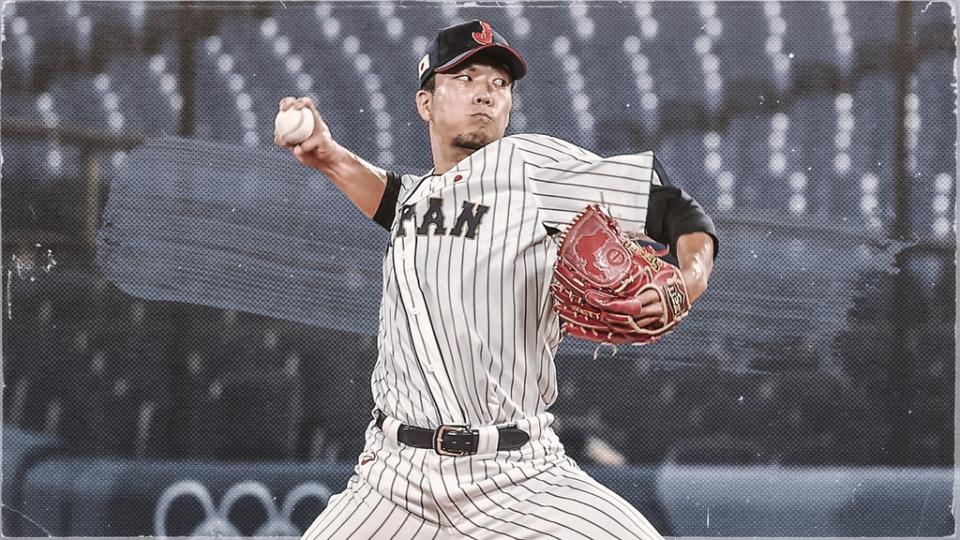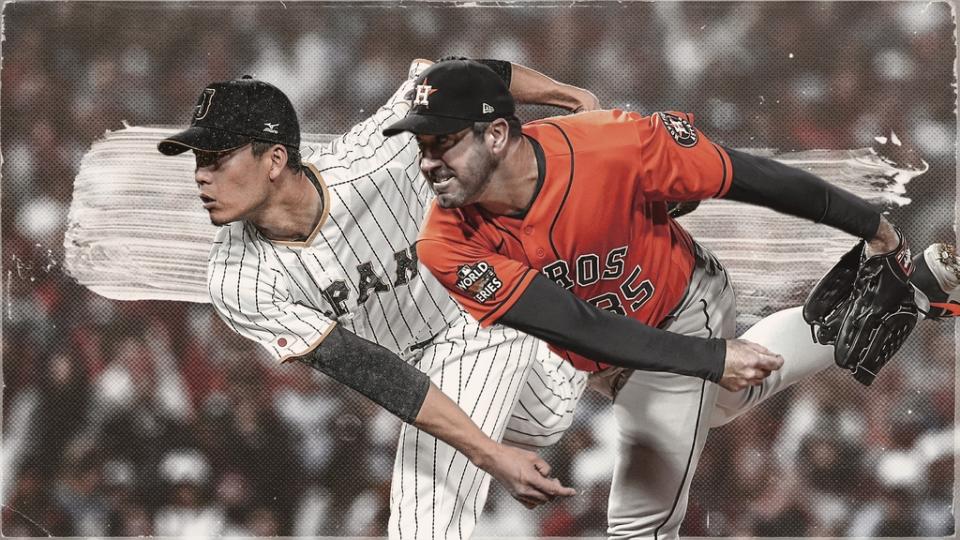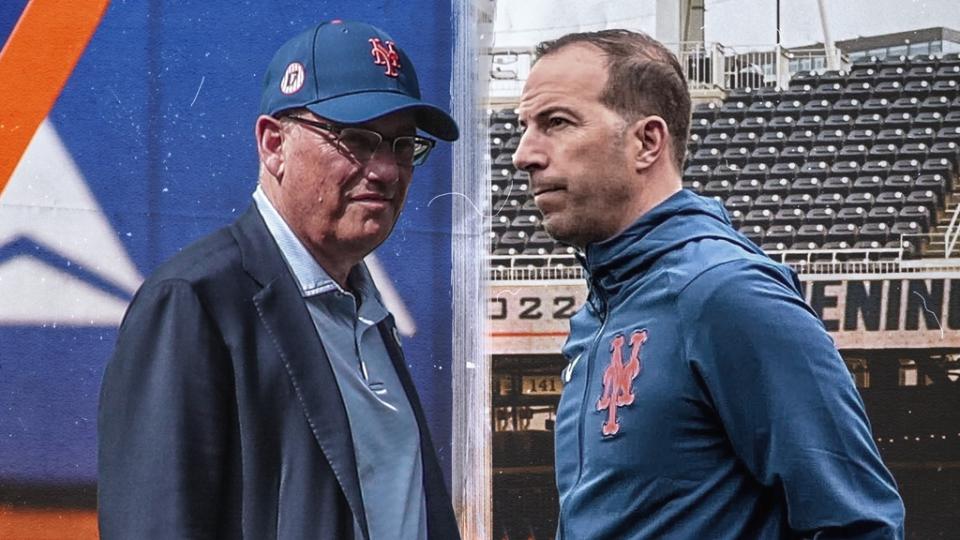
As the second day of the Winter Meetings in San Diego started to wind down, the free agent starting pitching market — which the Mets had been heavily involved in — really started to move.
Andrew Heaneya high-risk, high-reward left-hander the Mets had interest in, signed a two-year deal with the Texas Rangers.
Jameson Taillona solid starter the Mets had high on their list and tried to lock up recently, per SNY’s Andy Martino, signed a four-year deal with the Chicago Cubs worth $71 million.
Taijuan walkerwho performed well for the Mets in 2021 and 2022 — but faded late both years — agreed to a four-year deal with the Philadelphia Phillies worth $72 million.
It never seemed the Mets had much (if any interest) in retaining Walker, so that signing is what it is. But Heaney and Taillon coming off the board put the Mets in a bit of a sticky spot.
And on Wednesday morning, they struck, reaching a two-year deal with the left-hander Jose Quintana worth $26 million.
But although Quintana is coming off a very good 2022 (he led the league in homers allowed per nine and had a sub-3.00 ERA following three seasons of mediocre-to-bad performance), the Mets are in need of a pitcher with more upside to slot in behind Max Scherzer and Justin Verlander and ahead of Quintana and Carlos Carrasco.
And shortly after news broke that the Mets had inked Quintana, it came out that they were still very much in on the Japanese ace Kodai Sengawho SNY’s Andy Martino has been reporting is near the top of their list.

Now, the Mets need to do what it takes to land Senga, adding a pitcher with massive upside to slot in behind Scherzer and Verlander and making David Peterson and Taylor Megill very valuable rotation depth options.
Senga, who is entering his age-30 season, does not come without risk. There are questions about how he’ll adapt to MLB and how well his stuff will play. But his stuff in Japan was legitimate, with a fastball that sat in the mid-90s and reached triple digits and a devastating splitter.
In Senga, the Mets would be getting someone who has the upside to be a top of the rotation starter.
And after adding Quintana, the Mets should be making the upside play.
At the end of last season, the Mets’ rotation consisted of Jacob deGromScherzer, Chris BassittWalker, and Carrasco.
Right now, it’s Verlander, Scherzer, Quintana, and Carrasco.
Adding Senga to the above four pitchers could give the Mets a truly dynamic top three in their rotation, and — if Senga comes close to reaching his upside — New York could have the best top three in baseball.
To be clear, the Mets shouldn’t simply start throwing money around with reckless abandon. But it’s also not the time for them to get sticker shock.

By signing Verlander, they again announced that they’re all-in. And as they surround him with talent elsewhere on the roster, they can’t settle.
Following the Quintana signing, the Mets have roughly $298 million committed to the payroll for the 2023 season, per Cot’s Baseball Contracts. I argued yesterday that they would not only need to hit $300 million but perhaps go as high as $320 million this coming season.
Maybe the Mets need to actually go as high as $340 million. And the Mets are in perfect position to blow it out this year before dropping the payroll back below the top threshold next year or the year after.
That’s because after 2023, Robinson Cano ($20 million), Carrasco ($14 million), Mark Canha ($11.5 million), and Eduardo Escobar ($9.5 million) are all off the books. Scherzer — who has an opt-out — could be off the books, too, which would free up another $43.3 million.
What will also help the Mets immeasurably — along with the money coming off the books before the 2024 season and the relatively low amount of money they have committed to the payroll in 2025, 2026, and 2027 — is the expected influx of cost- effective impact prospects that started in 2022 and should continue in 2023.
So again, now is the time to keep the pedal to the metal payroll-wise. But what happens if the Mets miss out on Senga?
In the event the Mets don’t land Senga, they need to put more emphasis on adding offense — and they should already be trying hard to retain Brandon Nimmo.
In a world where Senga isn’t a Met, Nimmo has to be. And New York should further bolster the offense with the money not spent on Senga by signing a DH like JD Martinez or signing/trading for another impact player.
The Mets have too much riding on the 2023 season to slow down now, and it doesn’t look like they will.